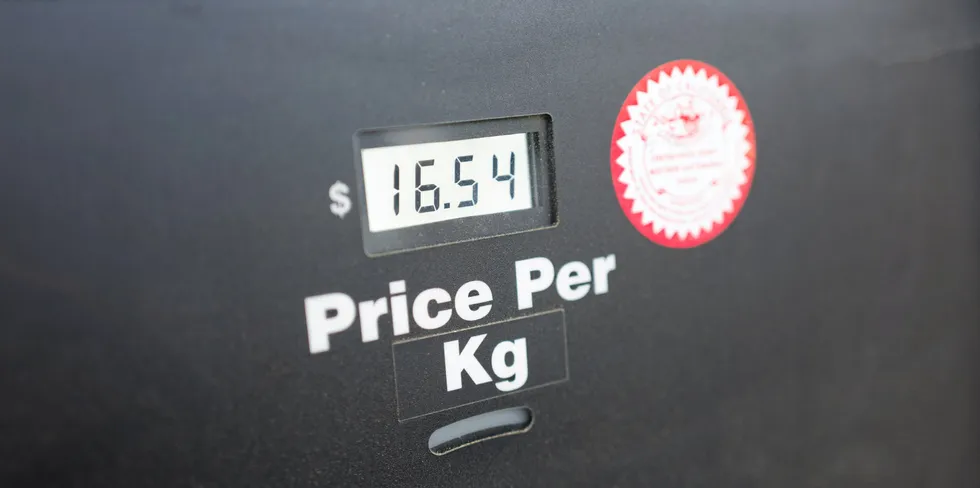'Hydrogen Council resorts to warped logic and dubious assumptions to make the case for H2 cars'
The fossil-fuel-led lobby group says that fuel-cell electric vehicles should take a 10% share of the global car market by 2050

The fossil-fuel-led lobby group says that fuel-cell electric vehicles should take a 10% share of the global car market by 2050
